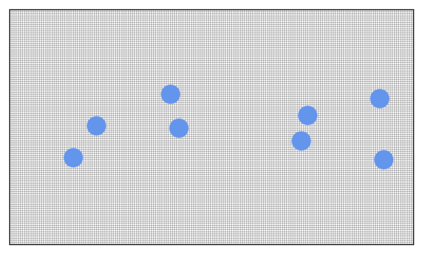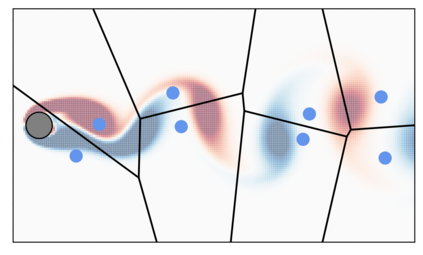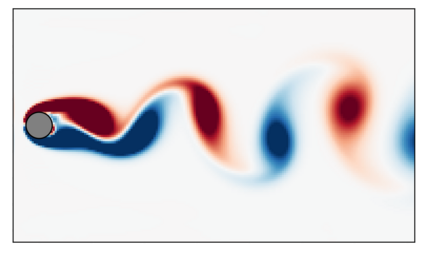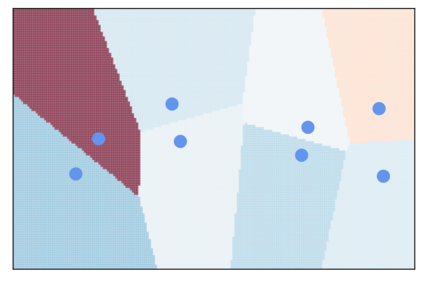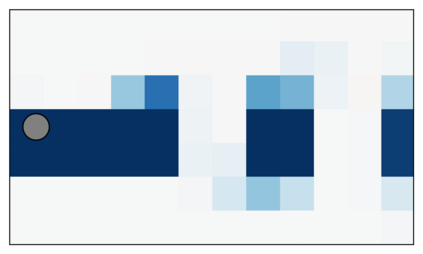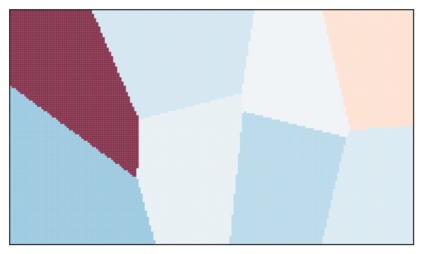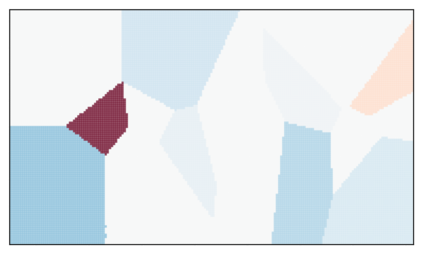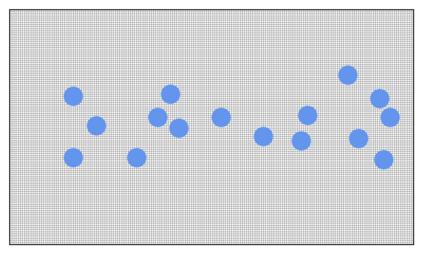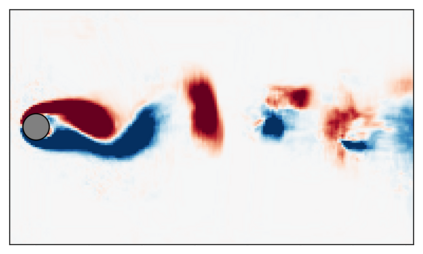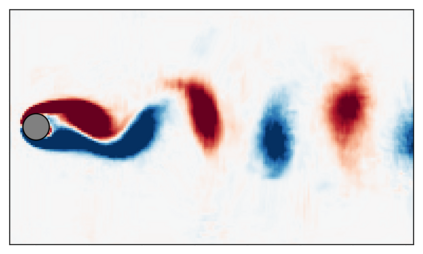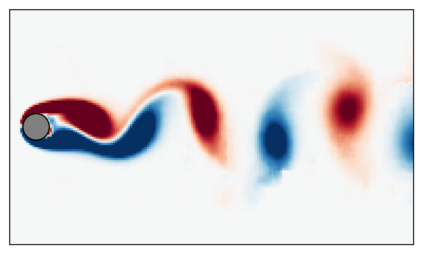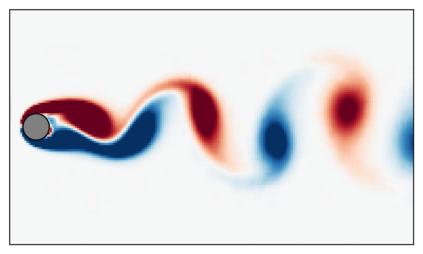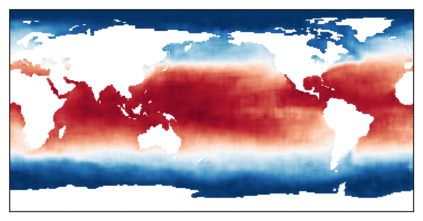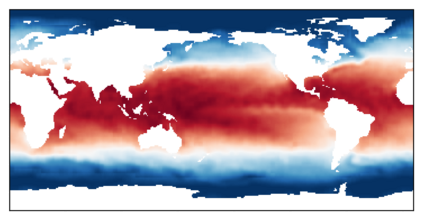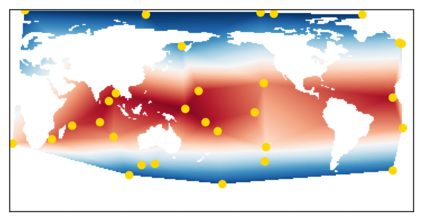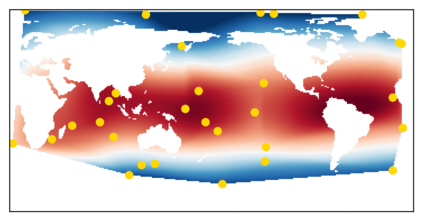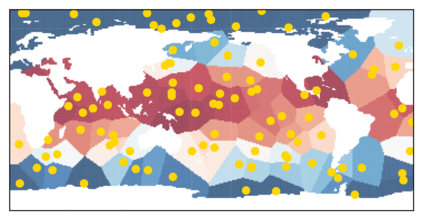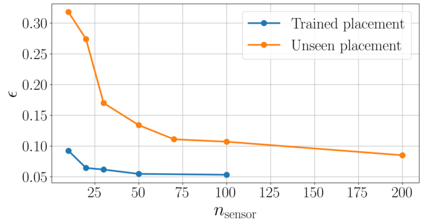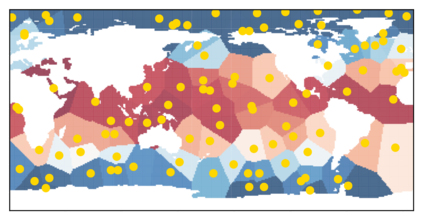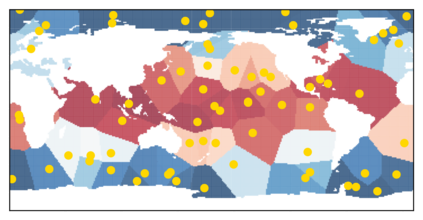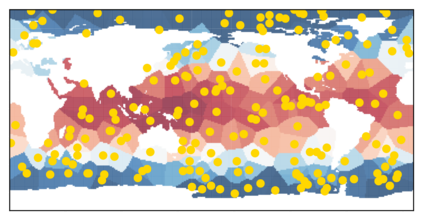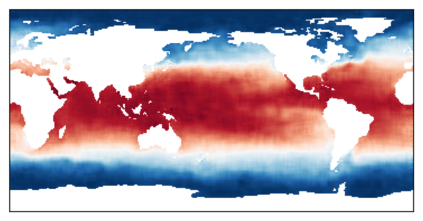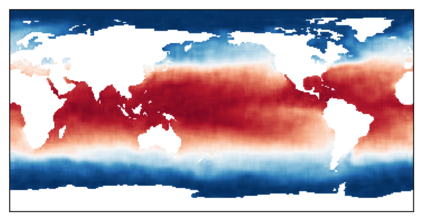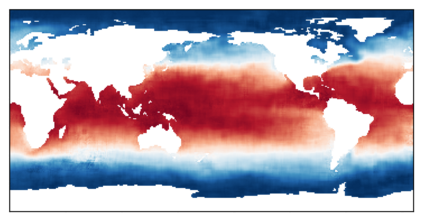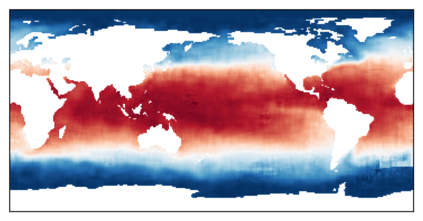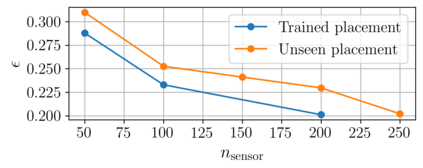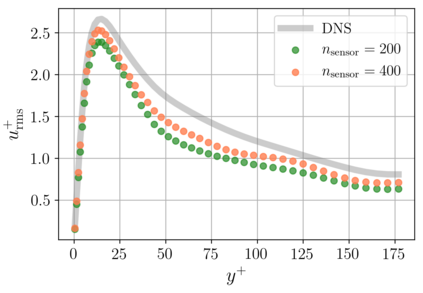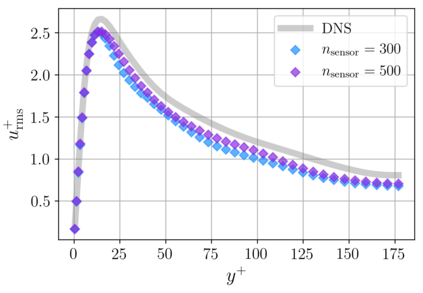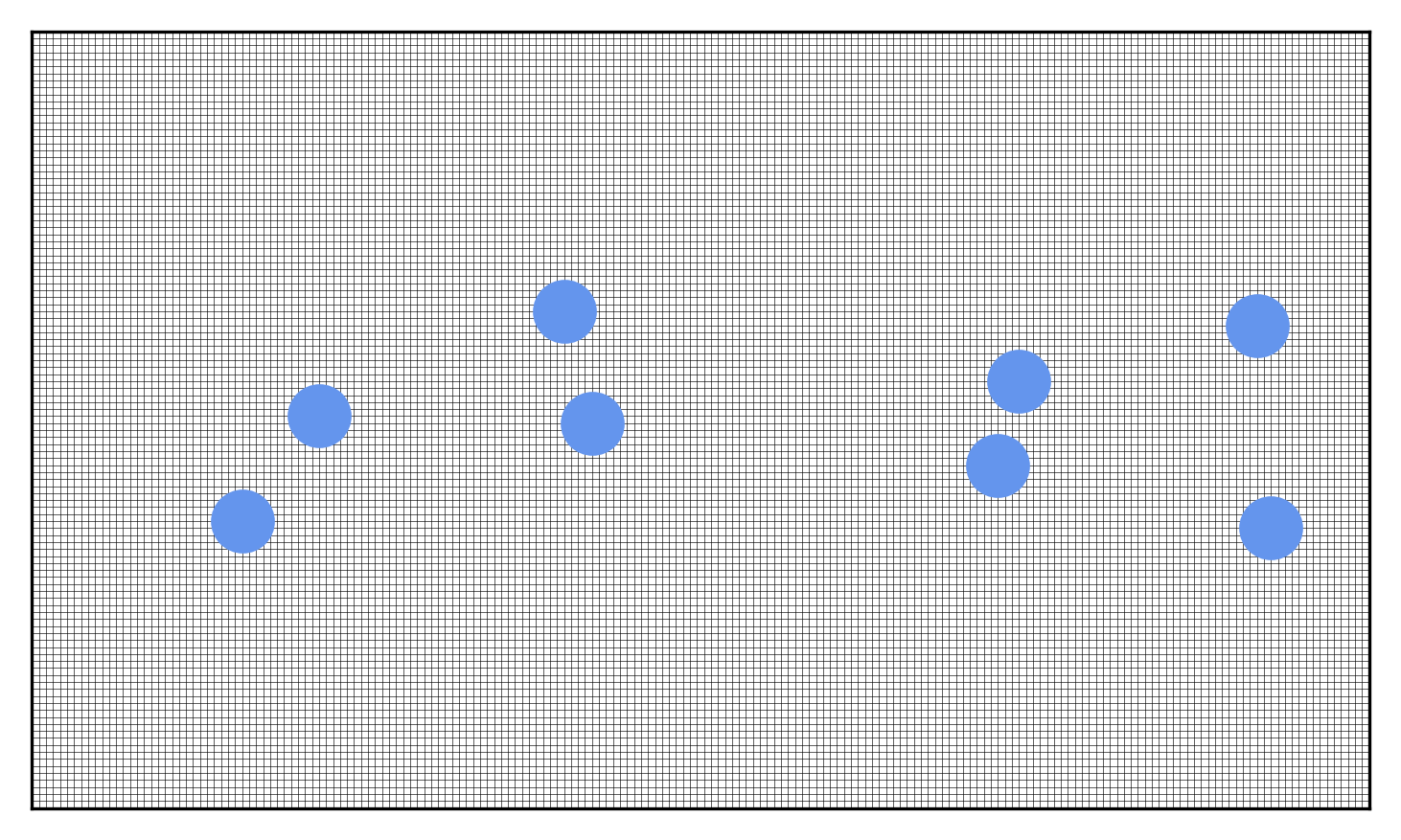Achieving accurate and robust global situational awareness of a complex time-evolving field from a limited number of sensors has been a longstanding challenge. This reconstruction problem is especially difficult when sensors are sparsely positioned in a seemingly random or unorganized manner, which is often encountered in a range of scientific and engineering problems. Moreover, these sensors can be in motion and can become online or offline over time. The key leverage in addressing this scientific issue is the wealth of data accumulated from the sensors. As a solution to this problem, we propose a data-driven spatial field recovery technique founded on a structured grid-based deep-learning approach for arbitrary positioned sensors of any numbers. It should be noted that the na\"ive use of machine learning becomes prohibitively expensive for global field reconstruction and is furthermore not adaptable to an arbitrary number of sensors. In the present work, we consider the use of Voronoi tessellation to obtain a structured-grid representation from sensor locations enabling the computationally tractable use of convolutional neural networks. One of the central features of the present method is its compatibility with deep-learning based super-resolution reconstruction techniques for structured sensor data that are established for image processing. The proposed reconstruction technique is demonstrated for unsteady wake flow, geophysical data, and three-dimensional turbulence. The current framework is able to handle an arbitrary number of moving sensors, and thereby overcomes a major limitation with existing reconstruction methods. The presented technique opens a new pathway towards the practical use of neural networks for real-time global field estimation.
翻译:在一个复杂的时间变化场上,从数量有限的传感器获得准确和稳健的全球形势认识是一个长期的挑战。当传感器以看似随机或无组织的方式布局不全的传感器时,重建问题就特别困难,因为传感器以似乎随机或无组织的方式布局,这在一系列科学和工程问题中经常遇到。此外,这些传感器可以动起来,并且可以随时在线或离线。处理这一科学问题的关键杠杆是传感器所积累的大量数据。作为解决这一问题的一种解决办法,我们提出一个数据驱动的空间场恢复技术,其基础是对任何数字的任意定位传感器采用结构化的基于网基深层次的深层次学习方法。应当指出,机械学习的NA”使用对于全球实地重建来说变得过于昂贵,而且无法适应任意的传感器数量。在目前的工作中,我们考虑利用Voronooi电流来从传感器地点获得结构化的网络代表,从而能够计算进动地使用进波神经网络。目前的方法的一个中心特征是,它与基于深层学习的超分辨率重建技术相兼容,用来进行结构式传感器的重建,而现在又采用一种任意式的实地数据流路路路路路段处理。因此,重建技术可以用来处理,从而将数据转换为一种新的路路路路路面技术,从而可以用来处理。

